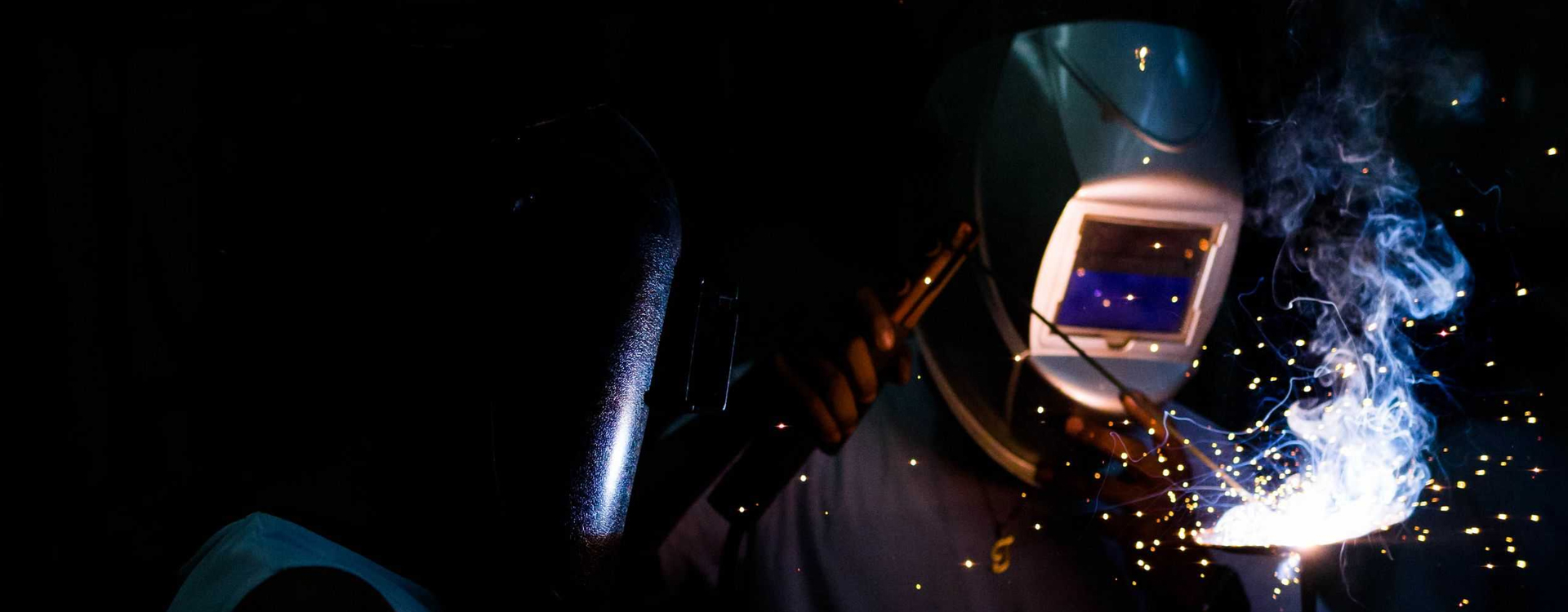Seminar Details
In this study copper electrodeposition in an electrochemical system from an acidic bath at different temperatures, ion concentrations and potentials are investigated using EIS, as well as the nucleation and growth kinetics. The current density-time (i-t) curve was recorded by the potentiostatic method for 300 sec, maintained at a low temperature (5-20°C) as well as various potentials. The variation in temperature and concentration was observed to influence the form of the i-t curve. A fitted equivalent circuit was utilised to determine EIS parameters. The obtained copper deposits were studied by atomic force microscopy (AFM) and scanning electron microscope (SEM). Efforts have also been made to obtain an in-depth understanding of the electroplating of copper from alkali medium. Electrochemical Impedance Spectroscopy (EIS) is a powerful tool for studying the kinetics of electrode reactions, including the reaction of copper deposition from a copper, glycine, and sodium hydroxide solution. The studied parameters were copper deposition potential, concentration and temperature. Following this, an in-depth analysis of the deposited films is conducted using electrochemical impedance technique, aimed at gaining deeper insights into the electrochemical phenomena occurring at the electrode-electrolyte interface, under varying conditions. In the third section, a detailed morphological examination of the copper films is presented and in the final part a plausible deposition mechanism has been proposed based on the findings of impedance study and phase diagrams. Again, copper films were electroplated from 0.1M concentration copper solution at temperature 5,10,15 and 20°C with various potentials (-560mV, -660 mV and -760mV). Further double layer and film capacitance, thickness have been calculated and the effect of potential, ion concentration and temperature on double-layer capacitance, film1 capacitance and film2 capacitance along the interface of electrode and electrolyte have been discussed extensively. The electrochemically deposited copper film characterized by using X-ray diffraction (XRD), FESEM and AFM.



